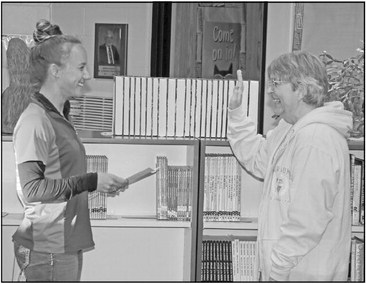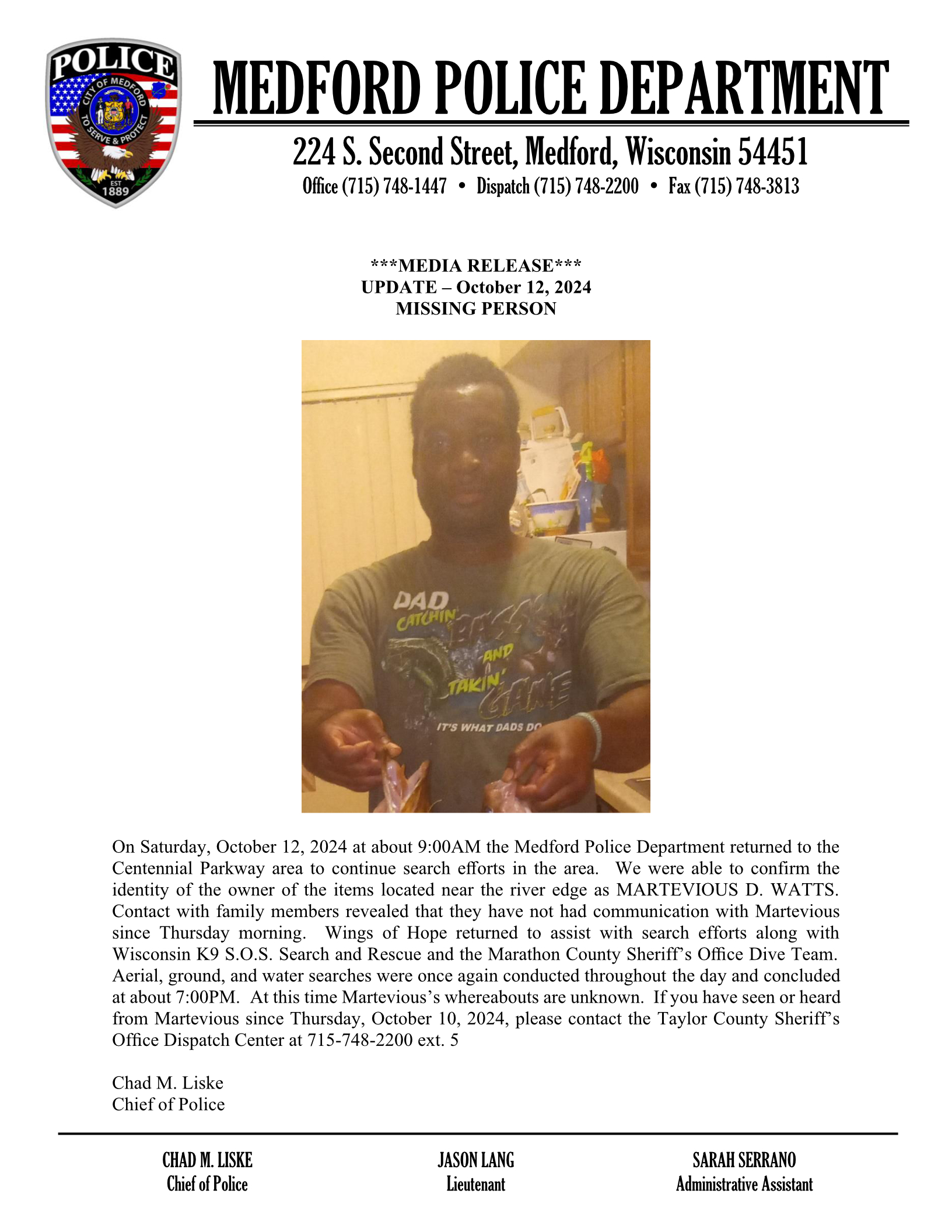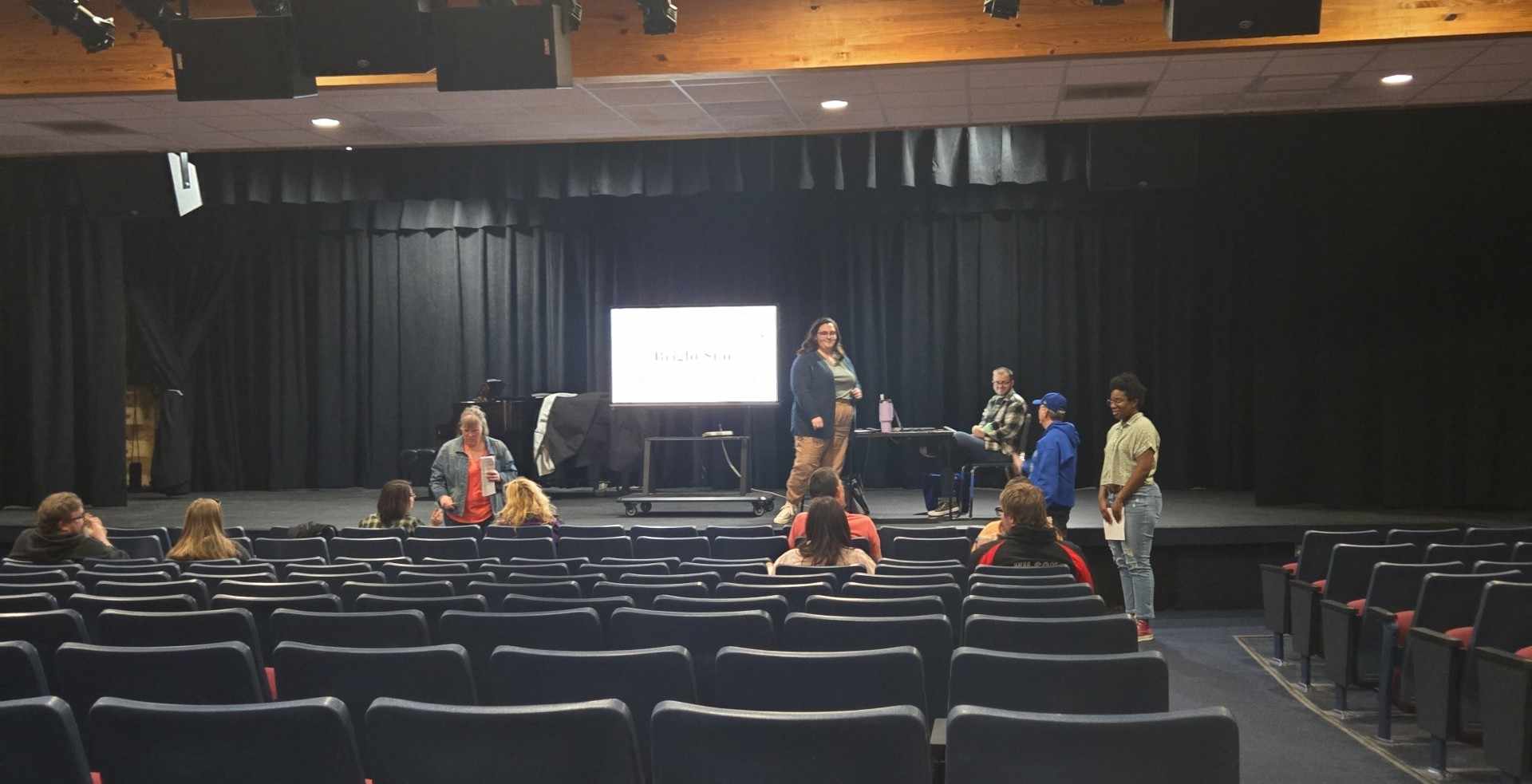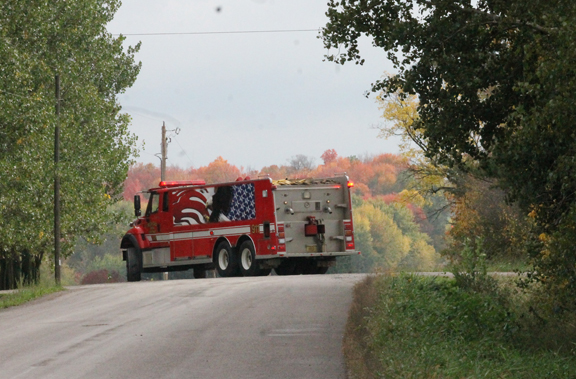It’s not easy teaching online, but Cornell has adapted
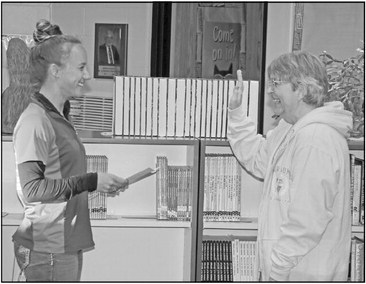

Cornell School Board
It may not have been how the Cornell School District planned to have the last quarter of the academic year go, but instructing online became a reality, after it was mandated schools would close until the end of June. The measures taken since the closure were discussed at a regular Cornell School Board meeting April 27.
Board president Lyle Briggs asked how parents are doing with the online schooling.
“It’s got its positives and its negatives,” said district parent Nicole Schwingle, who was present at the meeting.
Schwingle says it was harder with their family, because with three kids – one in middle school and two in elementary – it required a lot to get Zoom (online video conferencing) meetings coordinated, along with accessing the system and internet issues.
“It’s just a total life adjustment,” said Schwingle. “I couldn’t imagine being a working parent and doing it, because if I had to work and do this, it would be exhausting.”
Now that it has been several weeks since the system was implemented, Schwingle says the days flow somewhat chaotically organized. Included in the lessons, for first grade, the class has learning “field trips” of fun science experiments, where parents give a virtual tour of a farm or quarry, while others have given a cooking lesson or shown stages of gardening.
“I thought that was really cool and fun, though,” said board treasurer Stephanie Seidlitz.
“At my level, there are two different things we’re dealing with,” said middle/high school principal Dave Elliott.
Elliott says he has looked at the process of learning away from school and that the WIN Learning program has curriculum for kids to use in core areas. The school also has to keep track of transcripted credit through dual courses, along with still having PE and music, to fulfill requirements.
“The whole process is overwhelming and they say habit takes 21 days,” said Elliott. “We’re right there right now.”
It takes time to establish routines, but with Zoom recordings of sessions, kids can watch when they have a chance, if they are at work.
“We didn’t want the WIN to be standalone, online…we want the teachers to teach,” said Elliott. “The best part of them is their interaction with students.”
Elliott says he has had issues with kids not wanting to do the work and other things. However, Elliott says conversations with parents have been invaluable.
“It’s scary to be a parent in this situation, especially at a middle and high school level, because you can’t help,” said Elliott, adding he has talked to students and parents if a pupil is behind, or grades have dropped. “I’ve had great response on that.”
To parents, Elliott recommends establishing a time for the kids to sit and do their work, if they have nothing to do, make them sit there anyway and give them a book to read, to form a routine.
“They really want that, believe it or not,” said Elliott. “Our parents have been very supportive. It’s scary for the kids. Anytime you take that routine away and have that change, they don’t know how to deal with it.”
Assistant principal/art teacher Craig Braaten says it has yet to be determined if scores correlate with Zoom use.
“We have some students who aren’t doing any Zoom and they’re scoring into the 90s,” he said. “We have seen an increase in participation, that’s what I was more worried about than anything else.”
“I think it’s great that everyone came together so quickly,” said clerk Eileen Sikora.
Briggs says he has heard from parents in another district, that the teachers are not following curriculum, just keeping the kids
